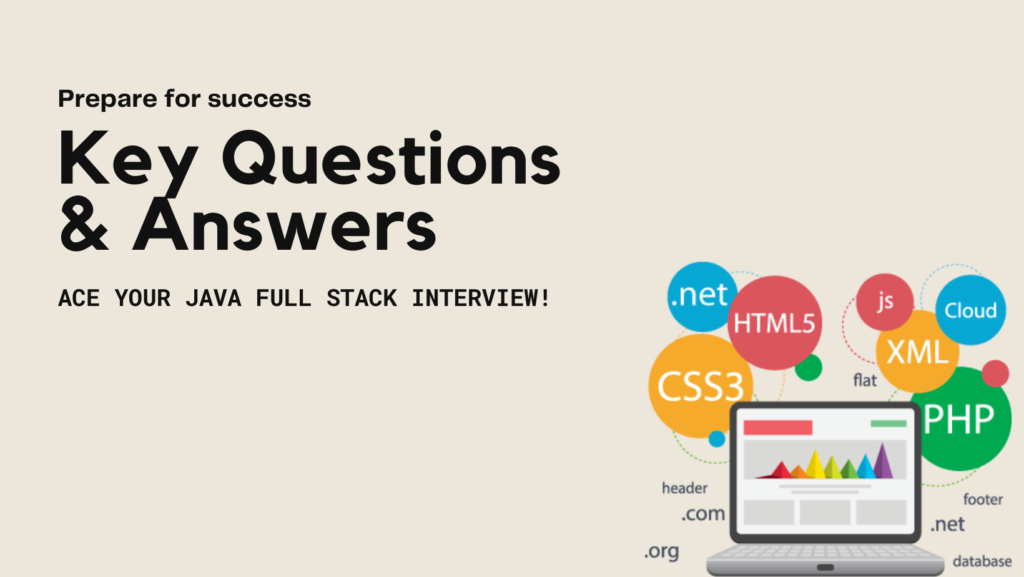Java Full Stack Developer Interview: Key Questions & Answers!

Preparing for a Java Full Stack Developer interview requires understanding both front-end and back-end technologies and the tools and frameworks essential for modern development. Below, we’ve compiled key questions, insightful answers, and examples to help you succeed in your interview.
1. Core Java Basics
Q1: What are the differences between Java and other programming languages like C++?
Answer:
- Object-Oriented: Java is fully object-oriented, whereas C++ supports procedural and object-oriented programming.
- Memory Management: Java uses automatic garbage collection, while C++ requires manual memory management.
- Platform Independence: Java runs on the JVM, making it platform-independent, unlike C++ which is platform-dependent.
Q2: Explain the concept of Object-Oriented Programming (OOP) in Java.
Answer:
OOP in Java organizes code into classes and objects. Key principles include:
- Encapsulation: Wrapping data and methods into a single unit (class).
- Inheritance: Deriving new classes from existing ones.
- Polymorphism: Ability to take many forms (method overriding and overloading).
- Abstraction: Hiding implementation details from the user.
Q3: How does the Java Virtual Machine (JVM) work?
Answer:
The JVM converts Java bytecode into machine-readable instructions. It provides platform independence, manages memory via garbage collection, and ensures runtime security.
Q4: What are Java access modifiers, and how do they affect class and method visibility?
Answer:
- Private: Accessible only within the same class.
- Default: Accessible within the same package.
- Protected: Accessible in the same package and subclasses.
- Public: Accessible from anywhere.
Q5: Explain the difference between ArrayList and LinkedList in Java.
Answer:
- ArrayList: Uses dynamic arrays; faster for random access but slower for insertions/deletions.
- LinkedList: Uses nodes; faster for insertions/deletions but slower for random access.
2. Advanced Java Concepts
Q1: What is multithreading in Java, and how does it improve performance?
Answer:
Multithreading allows concurrent execution of threads, enhancing performance by utilizing CPU resources efficiently. Example: A server handling multiple client requests.
Q2: Explain the difference between final, finally, and finalize.
Answer:
- final: Used for constants or to prevent inheritance/method overriding.
- finally: Ensures a block of code runs after try-catch, used for cleanup.
- finalize: A method called by the garbage collector before an object is destroyed.
Q3: What is a functional interface in Java, and give an example of its use?
Answer:
A functional interface has a single abstract method, like Runnable. Example:
@FunctionalInterface
interface Calculator {
int calculate(int x, int y);
}
Q4: How do you handle exceptions in Java?
Answer:
Use try-catch blocks or the throws keyword for checked exceptions. Example:
try {
int result = 10 / 0;
} catch (ArithmeticException e) {
System.out.println(“Division by zero!”);
}
Q5: What are lambda expressions in Java, and how are they used?
Answer:
Lambda expressions simplify writing functional interfaces. Example:
Calculator add = (a, b) -> a + b;
System.out.println(add.calculate(5, 10));
3. Front-End Development
Q1: What are the key differences between React.js and Angular?
Answer:
- React.js: A library focused on UI; uses virtual DOM for efficient updates.
- Angular: A full-fledged framework with built-in features like dependency injection.
Q2: How do you optimize a React application for performance?
Answer:
- Use React.memo to prevent unnecessary renders.
- Use React.lazy for code-splitting.
- Optimize state management with tools like Redux.
Q3: Explain the lifecycle methods in React.js.
Answer:
- Mounting: constructor(), componentDidMount().
- Updating: componentDidUpdate().
- Unmounting: componentWillUnmount().
Q4: What is two-way data binding, and how does it differ from one-way?
Answer:
- Two-way binding: Data flows between the model and view in both directions (e.g., Angular).
- One-way binding: Data flows in one direction, simplifying debugging (e.g., React).
Q5: How do you handle state management in React.js?
Answer:
Use hooks like useState or external libraries like Redux.
4. Back-End Development
Q1: What is RESTful API, and how do you implement it in Java?
Answer:
A RESTful API follows REST principles using HTTP methods. Example with Spring Boot:
@RestController
@RequestMapping(“/api”)
public class MyController {
@GetMapping(“/data”)
public String getData() {
return “Hello, World!”;
}
}
Q2: Explain the difference between GET, POST, PUT, and DELETE HTTP methods.
Answer:
- GET: Fetch data.
- POST: Create new data.
- PUT: Update existing data.
- DELETE: Remove data.
Q3: How does Spring Boot simplify back-end development?
Answer:
Spring Boot provides pre-configured setups, embedded servers (e.g., Tomcat), and auto-configuration for rapid development.
Q4: What is the role of Hibernate in a Java application?
Answer:
Hibernate is an ORM tool that maps Java objects to database tables, reducing boilerplate SQL code.
Q5: How do you implement authentication and authorization in a Java back-end application?
Answer:
Use Spring Security for role-based access and JWT for token-based authentication.
5. Database Management
Q1: What is the difference between relational and non-relational databases?
Answer:
- Relational: Structured data stored in tables (e.g., MySQL).
- Non-relational: Flexible schemas (e.g., MongoDB).
Q2: How do you write an optimized SQL query to fetch data?
Answer:
Use indexes, limit the use of SELECT *, and avoid subqueries if possible.
Q3: What are indexes in SQL, and how do they improve performance?
Answer:
Indexes are data structures that speed up data retrieval. Example:
CREATE INDEX idx_name ON employees(name);
Q4: How do you handle database migrations in a Full Stack project?
Answer:
Use tools like Liquibase or Flyway for version-controlled migrations.
Q5: Explain the concept of an ORM (Object-Relational Mapping) with examples like Hibernate.
Answer:
ORM frameworks map database entities to Java objects. Example:
@Entity
class Employee {
@Id
private int id;
private String name;
}
Being well-prepared with these questions and examples will boost your confidence and demonstrate your Full Stack expertise. Good luck! 🚀
Join Ignisys IT and Transform Your Career with Expert Training Programs!
Looking to upgrade your skills or kickstart your journey in the tech industry? At Ignisys IT, we offer top-notch training programs tailored to meet the demands of today’s competitive job market.
🔗 Start Your Journey Today!
Elevate your skills and career with Ignisys IT. Contact us to learn more or enroll now!
Take the first step toward your dream career with Ignisys IT!

Leave a Reply